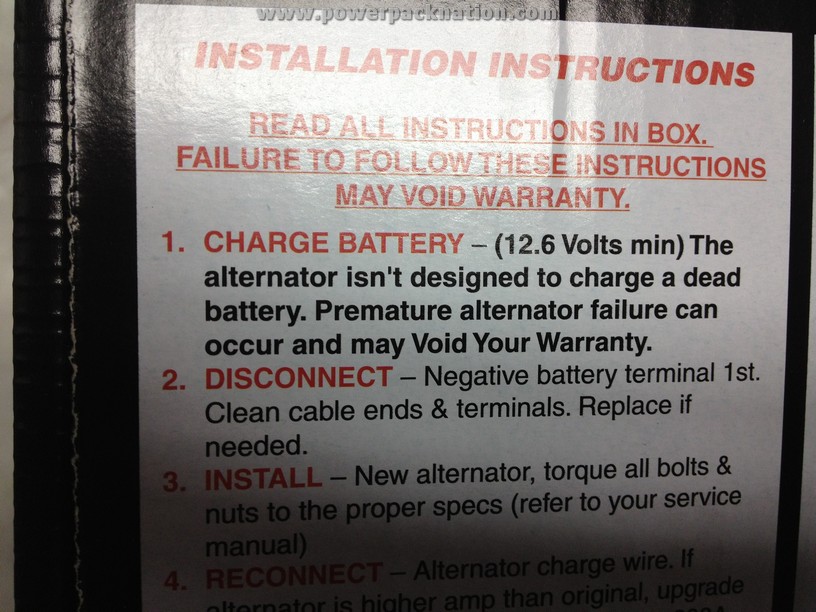In the first quarter of 2024 EnerSys (Odyssey) will have a new series of chargers designed and manufactured by CTEK that they claim will "transform the battery charging landscape". Odyssey's recommendation for optimum charging current is 40% of the battery's C10 rating (i.e. 40 amps for a 100Ah battery). But the new charger series will top out at 25A. Right out of the gate, the new chargers are short on current output for the larger Odyssey batteries.

 www.enersys.com
www.enersys.com

EnerSys® and CTEK Announce Strategic Collaboration to Bring High-Performance Chargers to Global Markets
EnerSys®, the global leader in stored energy solutions for industrial applications and the manufacturer of ODYSSEY® batteries, has joined forces with CTEK, an industry leader in battery management and charging solutions, to introduce a new era of high-quality chargers. This innovative...
....The new series of chargers will become a part of the ODYSSEY® battery charger portfolio and are designed to efficiently charge a variety of ODYSSEY®battery models as well as other quality brands of Absorbed Glass Mat (AGM) flooded lead acid and lithium batteries. Engineered with built-in temperature controls and a battery status indicator, ODYSSEY® battery chargers will be available in the European Union (EU), United Kingdom (UK) and North American markets (USA and Canada) in 5A, 15A and 25A variants...


